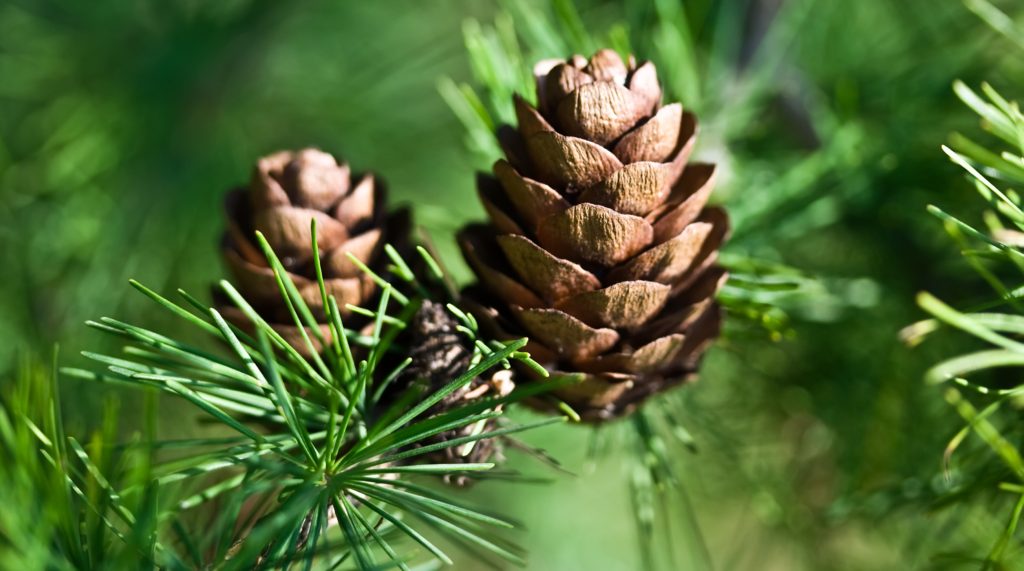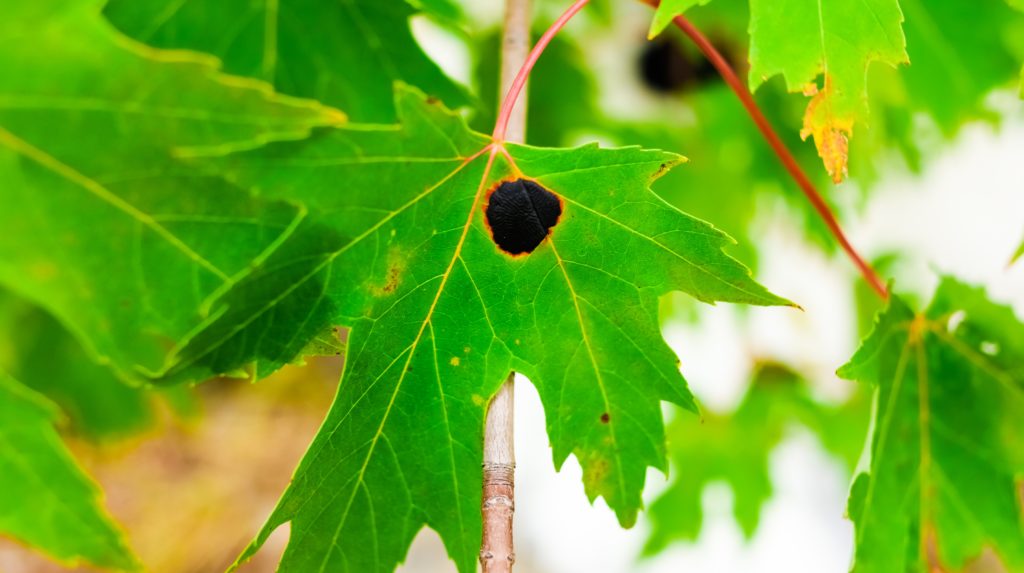It’s true! Pine trees are edible! But before you go out to your backyard pine and stick a twig of needles in your mouth, be sure to learn which parts of a pine tree are edible and how to consume them safely. Continue reading to do just that!

Noblesville Tree Service 317-537-9770
🌲 Pine Needles
Pine needles may be prickly and pointy, but they make an excellent tea! Just be sure to use the right type of pine needles. Some are toxic, including the Yew, Norfolk Island Pine, and the Ponderosa Pine, also known as yellow pine. To make the tea, simply rinse a cup of pine needles in clean water, and then tie them together with cooking string. You can also chop them up and place them in a tea ball. Then steep the pine needles in hot water for 5 to 10 minutes and enjoy! Pine needles are loaded with essential vitamins, like Vitamin C. Pine needle tea is said to help boost the immune system, lower hyper tension, improve elasticity of the skin, and more.
🌲 Pine Cones
Also a bit prickly but still edible, pine cones can be baked or boiled as a delicious, organic treat. Just be sure to choose the male pine cones near the tips of tree branches. These are smaller, but produce better flavors. They produce pollen in the spring that can be used to thicken broths for soups and stews.
🌲 Pine Nuts
Pine nuts can be roasted or eaten raw. An interesting fact about pine nuts is that they are actually seeds. But they taste very good! It is recommended to roast them for long term enjoyment, otherwise, they quickly deteriorate out of their shell.
🌲 Inner Bark
The inner bark of a pine tree can be boiled, pan fried, roasted over an open flame, or simply eaten raw. However, take caution cutting directly into a healthy pine. This can cause open wounds, leaving the tree susceptible to disease and pest infestation. Instead, look for fallen limbs or branches.
Noblesville Tree Care

Noblesville Tree Service 317-537-9770


